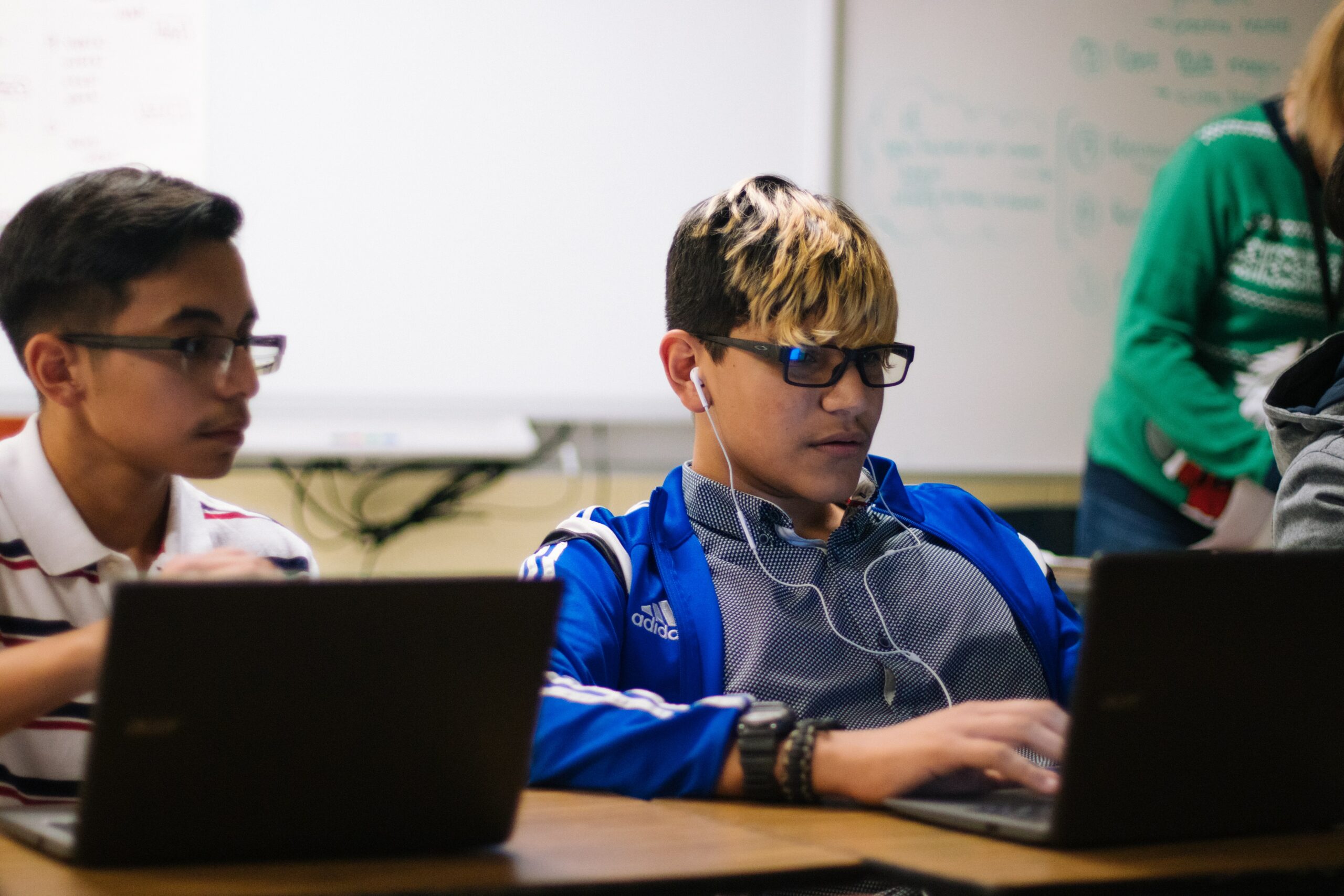Overview
Mission Possible is a cooperative learning activity in which students evaluate the advantages and disadvantages of the energy sources used to generate electricity.
Students must develop energy plans for a fictitious country and present their plans to the class. Several options with different levels of difficulty are provided for the activity. The activity includes a limited number of variables and is not intended to be a perfect reflection of the realities of the global or national economies.
Student groups are challenged to develop an energy plan to provide more electricity for a growing country. Students consider the advantages and disadvantages of the energy sources available to increase electricity generation while considering environmental quality and economic demands.
NB Curricular Connections
Science 10
- Strand: Scientific Literacy – Big Ideas: Investigation, Sensemaking, Communication
- Strand: Learning and Living Sustainably – Big Ideas: Responsible and Sustainable Application, Responsible Application and Sustainable Practices
Physics 11
- Strand: Integrated Skills / STSE: Big Idea: Application and Practice
What You’ll Need
- Familiarize yourself with the mission possible teacher and student guides. Experiment with several options to decide which option you will use. It is recommended that you complete the activity yourself before assigning it to your students.
- Make one copy of the Student Guide, Mission Possible Energy Plan, and Facts About Energy Sources and Power Plants for each student, plus one extra copy of the Mission Possible Energy Plan for each group.
- Make a copy of the Sample Energy Plans to project for students, as needed.
- Make available NEED’s secondary energy infobook as resources on the energy sources.
- Make available computers with spreadsheet capabilities. An Excel spreadsheet that can be edited is available for use with this activity. Download the Mission possible master (spreadsheet).
- If not using the computerized spreadsheet options, students will need calculators, paper, and pencils.
- Make copies of the Citizens’ Council Sheet for each student or group to evaluate presentations (optional).
- Be prepared to discuss the measurement of electricity with students. Units discussed within this module include kilowatt-hour (kWh) and megawatts (MW). See the “Measuring Electricity” section of the Secondary Energy Infobook for more detail, if needed.
Instructions
Students use sample environmental impacts and a pre-designed spreadsheet to develop energy plans. Individual computers with Excel software and the spreadsheet from the NEED web site (pre-loaded) are required.
Day one
- Provide each student with a copy of the Student Guide and Facts About Energy Sources and Power Plants and explain the activity to the class. Make sure the students understand that this activity is an exercise to explore trade-offs and the need for multiple energy sources. The activity includes a limited number of variables and is not intended to be a perfect reflection of the realities of the global or national economies. In addition, explain that some energy sources, such as solar and wind, do not produce consistent amounts of electricity all the time, so their total capacity must be increased when choosing these sources. Note also that several energy sources—wind, hydropower, and waste-to-energy—include a limited number of facilities that can be built because of geographical or fuel limitations.
- Review the Student Guide and answer any questions about the activity. Give the students the sample environmental impact units (shown below) and have them write them on the blank lines in their Student Guides. Have students discuss what they think goes into assigning each source its EU, and if they agree or disagree with the sample figures.
- Provide each student with a Mission Possible Energy Plan. Explain that the students will use a pre-designed spreadsheet to formulate their individual energy plans. Project one of the Sample Energy Plans to explain the assignment to the class.
- Instruct each student to formulate an individual energy plan, using the Mission Possible Spreadsheet that is downloadable from the NEED web site.
- Remind students that there are multiple solutions to this problem, and they may not find the solution within one period. They should be able to defend their choices and decisions even if they do not meet all of their goals.
Day two
- Divide the class into groups of three to five students. Provide a copy of the Mission Possible Energy Plan to each group. Explain that each group will use their individual plans to form a consensus and develop a group energy plan to present to the class.
Days three and four
- Have each group present their energy plan to the class. The time for this step will depend upon how much discussion you allow with each presentation. You may wish to have the class act as a Citizens’ Council, and vote on each plan after it is presented. If this option is chosen, use the sample Citizens’ Council Sheet on page 18.
Day five: evaluation and assessment
- Evaluate student performance using class participation, individual plans, group participation, and presentations.
- Design or select two energy plans and have the students evaluate them and write an essay defending the plan they think is the better option.
Global Competencies
- Critical Thinking and Problem Solving
- Innovation, Creativity and Entrepreneurship
- Sustainability and Global Citizenship
Acknowledgments
Activity Downloaded from Curriculum Resources · The NEED Project.




